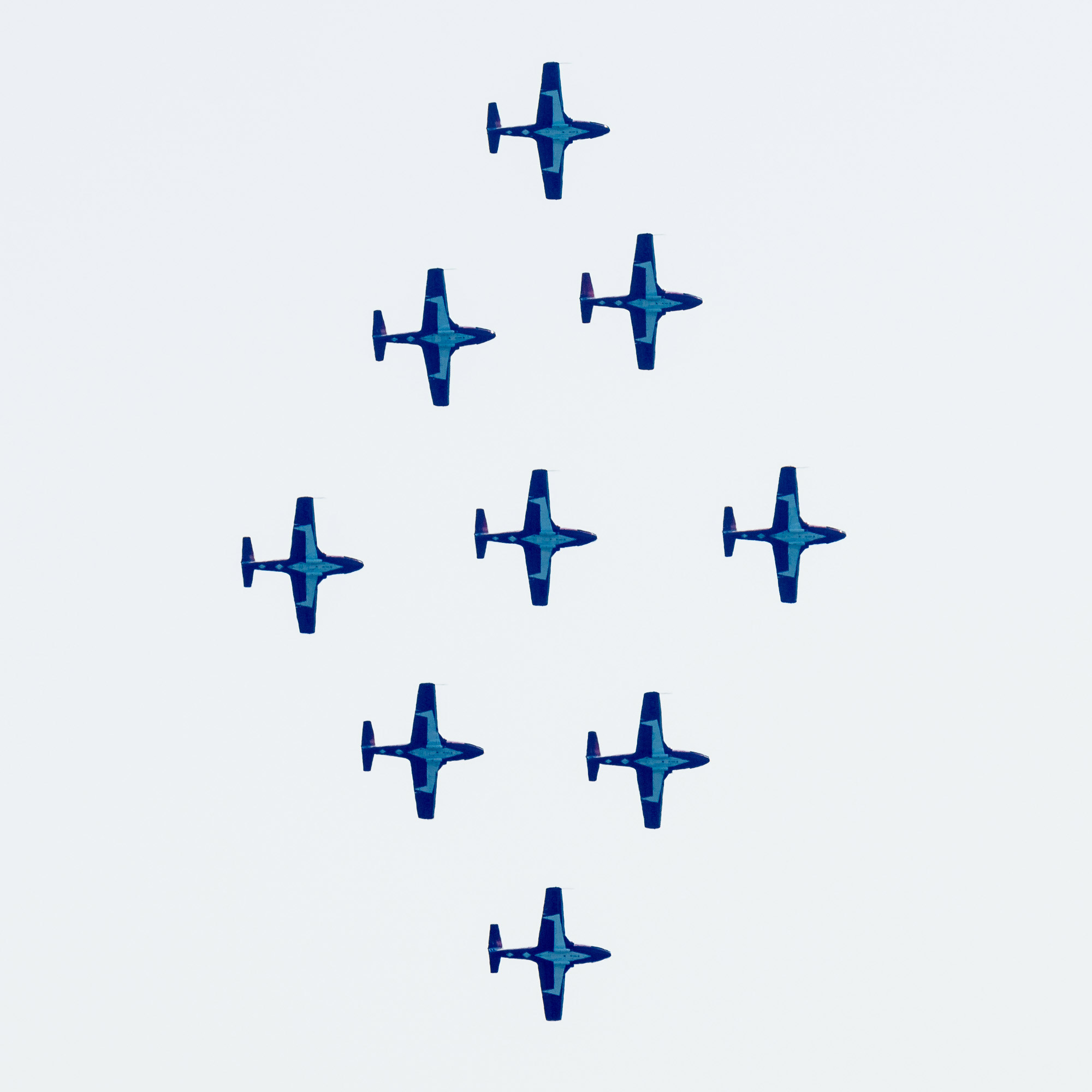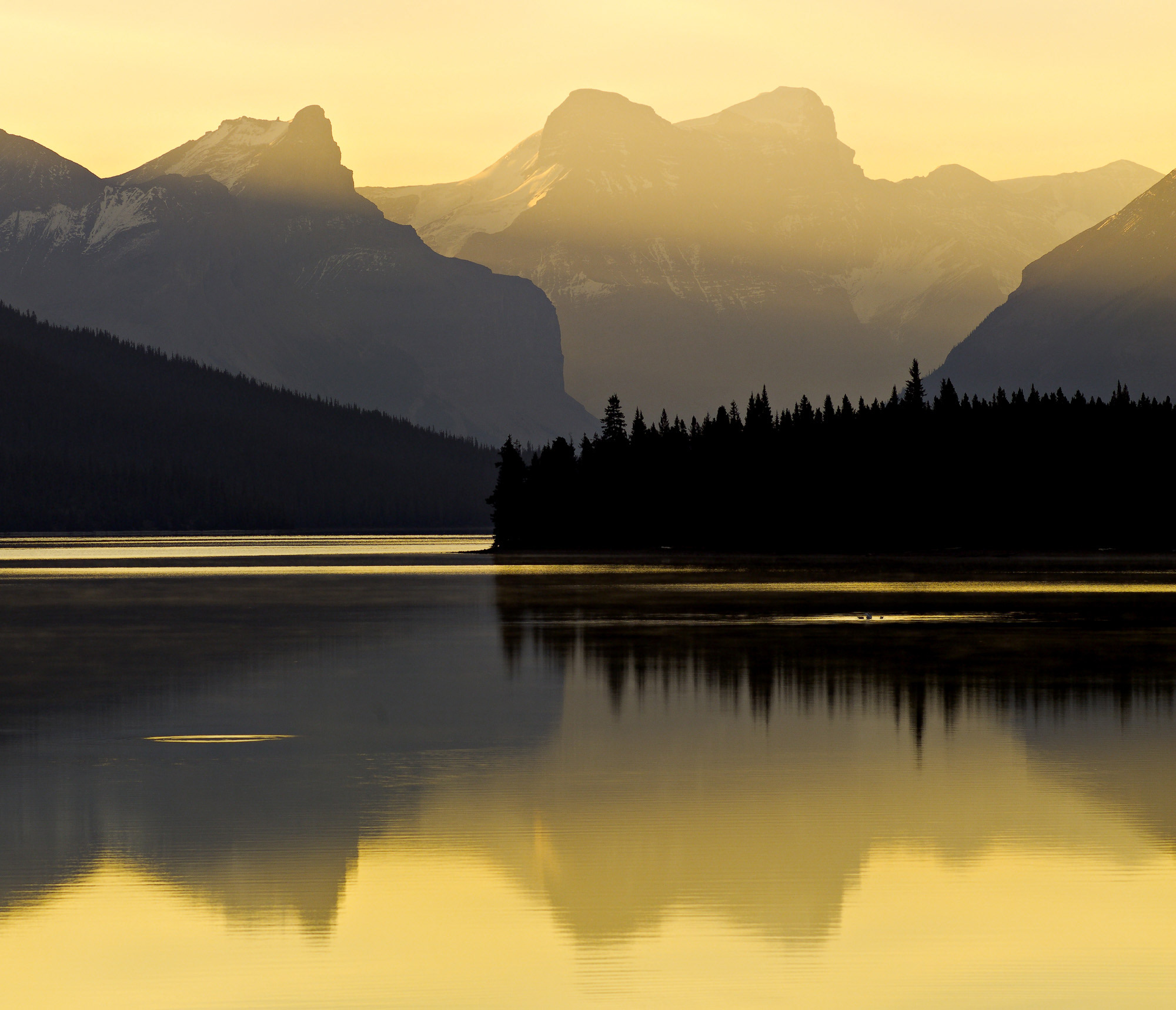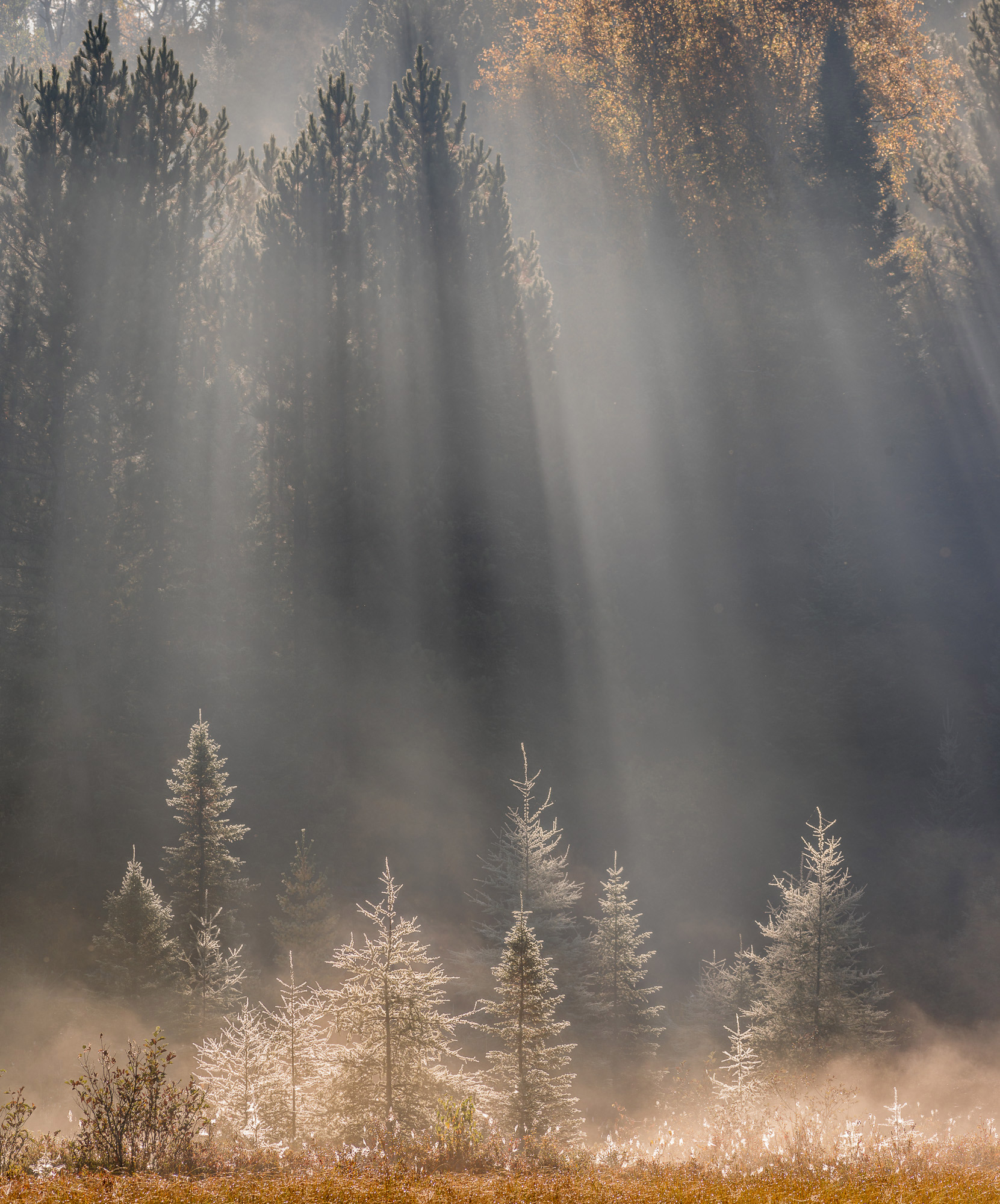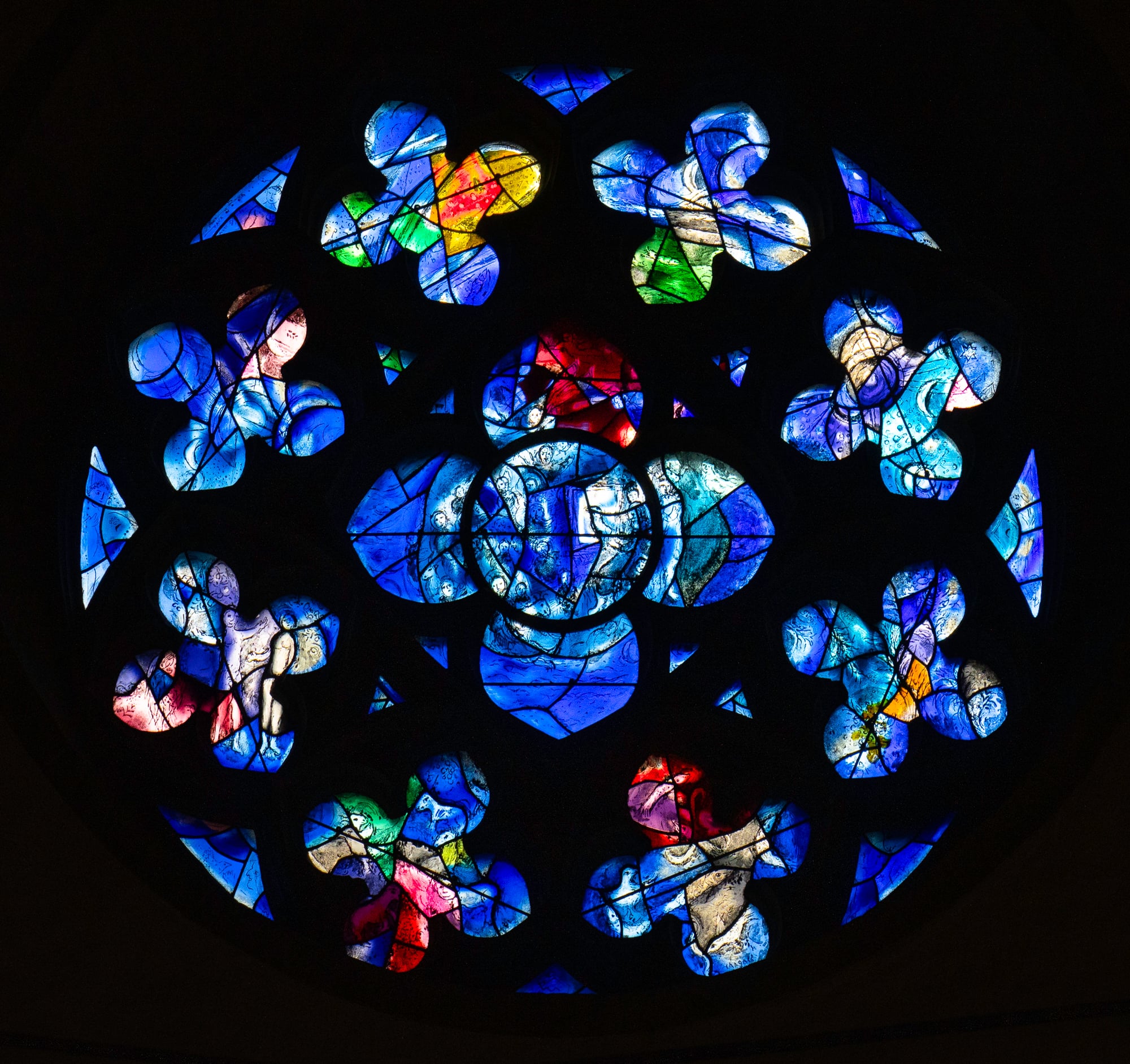“I always loved this view, but when people ask me what was the most challenging one, I would say this one, and it looks simple enough.” Arthur Drooker’s Marshall’s Beach image might appear straightforward at first glance, but the story behind its creation reveals the complex intersection of vision, technique, and patience that defines exceptional photography.
The Challenge
The shot required three key elements to come together perfectly. First, clouds needed to hover behind the bridge tower – crucial for the black and white conversion where the separation of elements would depend entirely on contrasting tones. Second, an exceptionally low tide had to expose the rocky foreground that would give the composition its distinctive character. Finally, the afternoon light needed to hit the western face of the bridge just right, creating the perfect interplay of highlights and shadows.
Understanding the Bridge’s World
Just a 10-15 minute drive from his home in Mill Valley, Drooker learned that proximity didn’t guarantee good shooting conditions. “The Golden Gate Bridge is really its own weather pattern, its own ecosystem,” he explains. This unique microclimate exists because “the bridge covers a strait that connects San Francisco Bay with the Pacific Ocean. And there’s a lot going on down there, wind wise, barometric pressure, precipitation, all that stuff.”
The bridge’s official website became an essential tool, offering a live feed from the toll plaza facing north. This camera proved invaluable for monitoring conditions before making the trip. Even on seemingly perfect days in Mill Valley, the bridge could be shrouded in fog or battling harsh winds.
The Technical Evolution
Drooker’s journey with Canon equipment spans decades, starting in his teens. “I started photography when I was about 14 or 15… And the first camera I ever used was a Canon FTD. So I stayed with Canon for decades.” This project began with his trusted Canon 5D Mark II, which had served him well for about 14-15 years, before transitioning to the Canon R5.
The shift to the R5 brought new capabilities to his work. “I love that camera. I call it a little beast,” he says with evident enthusiasm. “Canon packed a whole lot of camera in that little thing compared to the 5D Mark II. It’s much lighter. It’s very compact.” While acknowledging that some of the R5’s features might be more than many photographers need, he appreciates having the additional capabilities available.
His lens choices remained consistently practical: primarily a 24-105mm f/4 for its versatility, supplemented by a 70-200mm f/4 telephoto when needed. But perhaps most surprisingly, he also embraced the iPhone 12 Pro Max for some shots in the series.
The Power of Modern Tools
“I’m a big fan of iPhone photography,” Drooker reveals. “There’s about five images in this series from the iPhone 12 Pro Max… I defied people to tell me which shots were made with the iPhone versus with the Canon.” The secret lies in shooting Apple RAW format, which yields substantial 20-30 megabyte files with impressive resolution. “The iPhone gave me a certain kind of mobility and access I couldn’t always get with the Canon. I found that very helpful.”
Mastering the Light
The Marshall’s Beach shot, captured with the R5, required precise exposure control. Drooker’s approach to bracketing was both methodical and intuitive. “It would depend on the situation, but I would start out plus one and minus one. But if it was super contrasty, I would do plus two, minus two.” Sometimes, he would start at zero and only bracket above base exposure, effectively protecting the highlights while letting the shadows fall where they may.
Working handheld demanded steady technique. “I’ve got a pretty steady hand,” he notes modestly. While preferring not to go below 1/60th of a second, he sometimes pushed to 1/30th. “I would hold my breath… it was rock solid. But let’s put it this way. Anything under a 30th of a second, I would definitely use a tripod without a doubt.”
The Art of Black and White
Converting color images to black and white became a crucial part of the creative process. Working with his optimizer, Drooker explored various approaches in Lightroom, utilizing the software’s black and white presets as starting points. “In Lightroom, there’s these various black and white options that are numbered. I think it’s one through 13. And then after that, it’s a green filter, blue filter, yellow filter, orange filter, red filter,” he explains.
The process was never about simply picking a preset. “These are presets that again, I’m sure your readers are familiar with, but it just helps accelerate the process… To me, in the way I work, they’re usually starting points. They’re not endpoints.”
The Collaborative Process
Rather than handling all post-processing himself, Drooker works closely with an optimizer. “I do not optimize my own images. I work with someone sitting right beside him when he optimizes,” he explains. This collaboration begins with Drooker’s pre-edit, selecting which images to optimize and identifying bracketed sets for HDR processing.
“Sometimes they’ll be several versions of one setup where I’ve bracketed, where we will HDR, let’s say two, three or four trios of bracketed images just because there might be slight variations. And then we’ll HDR each threesome, if you will… And then once they’re HDR’d, look at them side by side and see which one looks best, feels best.”
The optimization process includes:
- Careful curve adjustments for contrast
- Selective clarity and dehaze (“sometimes when you’re shooting down there, you need to dehaze just to see what the hell you’re looking at”)
- Thoughtful vignetting (“I find that it helps concentrate the eye and focuses how you look at the image”)
- Masking and selective adjustments
The Moment of Discovery
When the perfect conditions finally aligned at Marshall’s Beach, the extremely low tide revealed a completely new perspective. “I didn’t know I could go out this far because the tide was so low,” Drooker recalls. “That gave me access to rocks I had either never seen before or didn’t know were as big as they were because on previous visits, the tide was still high enough where some of the rocks were still below the water.”
The revelation was immediate. “On this particular day when the tide was extremely low, I was just blown away by how many rocks there were and how big they were, how scattered they were, and how it all afforded me a newer angle that I hadn’t seen before… But it didn’t take me long because it was like, okay, this is it.”


The Final Image
The success of the Marshall’s Beach shot lies in its rich interplay of textures and tones. “Those muscles, the textures on the rocks, and then the concrete, which is still… a little rough but still smooth on the bridge in some ways and the grace of the bridge itself. So there’s some nice contrast. Everything came together.”
This image, born from countless visits and careful planning, represents more than just a photograph – it’s a testament to the power of patience, technical mastery, and artistic vision coming together in perfect harmony.
This is Part 2 of a 3-part series exploring Arthur Drooker’s “36 Views of the Golden Gate Bridge” project. Coming next: “From Capture to Exhibition: The Art of Presenting Photography”
Read this story and all the best stories on The Luminous Landscape
The author has made this story available to Luminous Landscape members only. Upgrade to get instant access to this story and other benefits available only to members.
Why choose us?
Luminous-Landscape is a membership site. Our website contains over 5300 articles on almost every topic, camera, lens and printer you can imagine. Our membership model is simple, just $2 a month ($24.00 USD a year). This $24 gains you access to a wealth of information including all our past and future video tutorials on such topics as Lightroom, Capture One, Printing, file management and dozens of interviews and travel videos.
- New Articles every few days
- All original content found nowhere else on the web
- No Pop Up Google Sense ads – Our advertisers are photo related
- Download/stream video to any device
- NEW videos monthly
- Top well-known photographer contributors
- Posts from industry leaders
- Speciality Photography Workshops
- Mobile device scalable
- Exclusive video interviews
- Special vendor offers for members
- Hands On Product reviews
- FREE – User Forum. One of the most read user forums on the internet
- Access to our community Buy and Sell pages; for members only.













